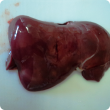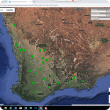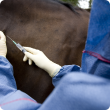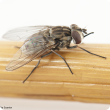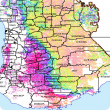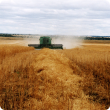Filter by regions:
- (-) Remove Great Southern filter Great Southern
- South West (1095) Apply South West filter
- Peel (895) Apply Peel filter
- Wheatbelt (895) Apply Wheatbelt filter
- Mid West (893) Apply Mid West filter
- Goldfields-Esperance (776) Apply Goldfields-Esperance filter
- Perth regions (701) Apply Perth regions filter
- Gascoyne (571) Apply Gascoyne filter
- Kimberley (473) Apply Kimberley filter
- Pilbara (464) Apply Pilbara filter

